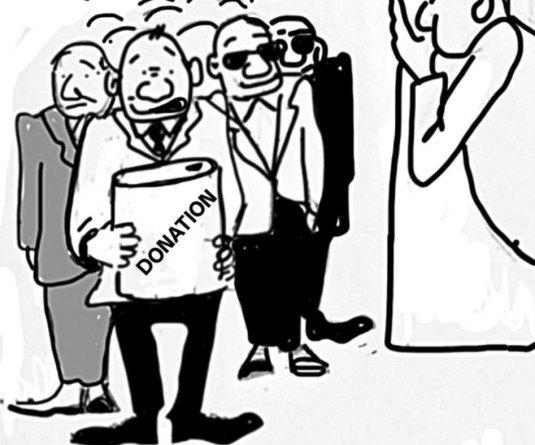
Booster doses may be needed: IDSP
Morung Express News
Dimapur | September 4
While COVID-19 cases may have dipped over the past two months in Nagaland, a high prevalence of the Delta variant in the community continues to be a big concern. According to the latest report from the state Integrated Disease Surveillance Programme (IDSP), Health & Family Welfare, 99% of COVID-19 cases detected over the past two months have been of the feared Delta variant.
Genome sequencing of 286 samples collected on July 2, August 13 and September 2, resulted in a whopping 283 samples being of the Delta variant, informed the IDSP in its weekly COVID roundup released on September 4.
Meanwhile, for the third consecutive week, recoveries from COVID-19 outnumbered case detection in Nagaland. The total of new cases for the week ((August 28-September 3)) was 403 against 425 recoveries.
At 209 new cases, Dimapur accounted for more than half of the weekly tally. Six districts reported less than 10 cases, while the tally in Kohima was 86, Mokokchung- 39, Phek- 27 and Mon- 16.
Kohima (125), Mokokchung (99), Wokha (12), Longleng (7), Kiphire (3), Tuensang (11) and Peren (7) reported more recoveries than new cases, while Zunheboto did not report a single recovery against detection of 6 new cases. Dimapur recorded the highest number of patient-recovery at 137.
The total of fresh cases for the week (August 28-September 3) was however more than the previous week’s 359, while the number of recoveries was far below the 544 reported the previous week.
As per the IDSP, there was a 12% rise in new cases during the week. The weekly sample positivity rate was 3%, the third week to remain below 5%. However, it was 9.4% in Phek and 5.5% in Kohima. In Dimapur, it was 3.5%.
A record 57,206 samples were tested in August, the highest in a month since the start of the pandemic.
Deaths & hospitalization
12 more deaths were reported during the week with Dimapur reporting 6, Kohima- 5 and Mokokchung- 1. Further, there was a 27% increase in hospitalisation with 70 more COVID patients admitted to hospitals with moderate or severe symptoms. Dimapur (38) and Kohima (14) reported the maximum admissions.
The IDSP said, “45% of deaths died within 48 hours of arrival to hospital. This implies late arrival to hospital with very advanced symptoms. Timely treatment is critical for survival.” It added that 36 deaths have happened in home isolation.
Maximum confirmed cases are in the 21–30 years age group and most deaths are reported to have occurred in the 46-60 years age group (172 deaths).
Lesson from Israel
The administration of vaccines rose to 8,75,378 doses, as on September 4, with Dimapur, Kohima, Mokokchung, Longleng and Mon having the highest coverage. The total was inclusive of 2,14,911 doses of the second shot.
However, with only 25,714 doses administered during the week, the pace of vaccination was relatively low.
Citing data from the Israel Ministry of Health, the IDSP said that vaccination will be critical to save lives during the third wave. “Unvaccinated people are disproportionately affected by the third wave. Data from the Israel Ministry of Health shows the rate of severe disease in unvaccinated people is 300 per 100,000 whereas for the vaccinated it is 19 per 100,000.”
In addition to quicker vaccination of the masses, it asserted that restriction on social gatherings that would cause superspreader events, enforcement of mask wearing in public places, along with vaccination will be the key factors in minimizing the impact of the third wave thereby saving lives and avoiding lockdowns.
As in being implemented in Israel, it said that booster doses may be needed.





